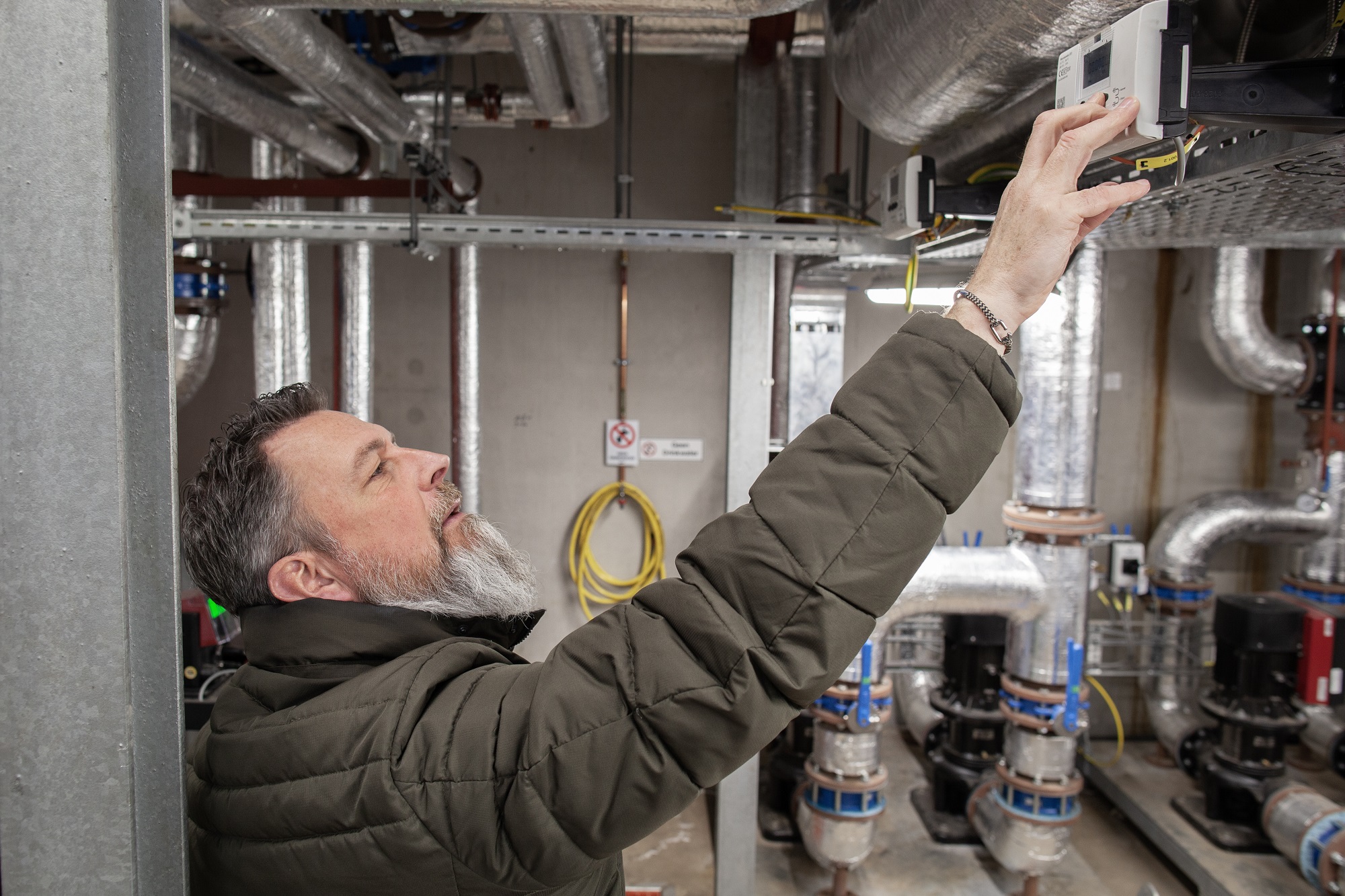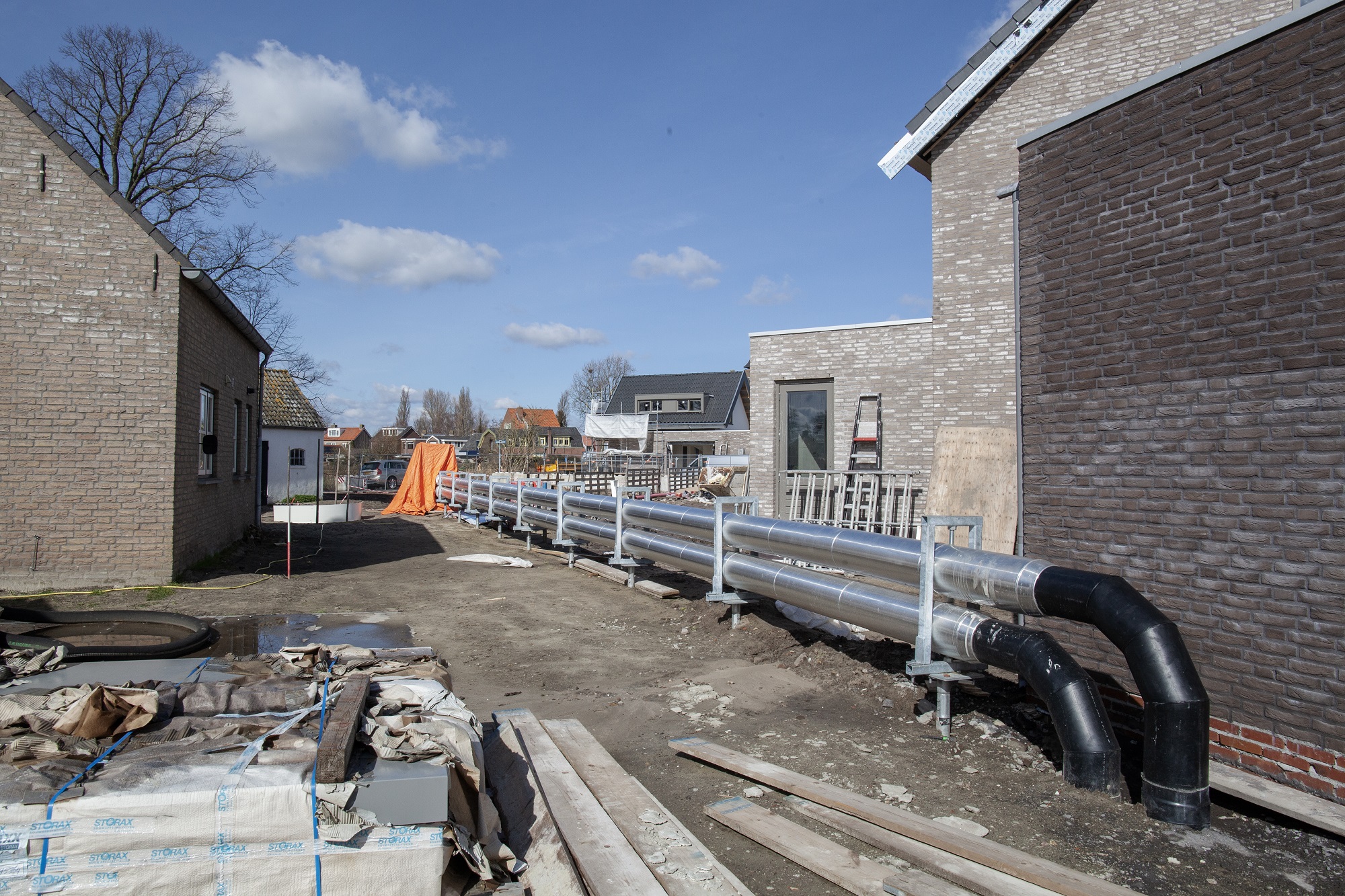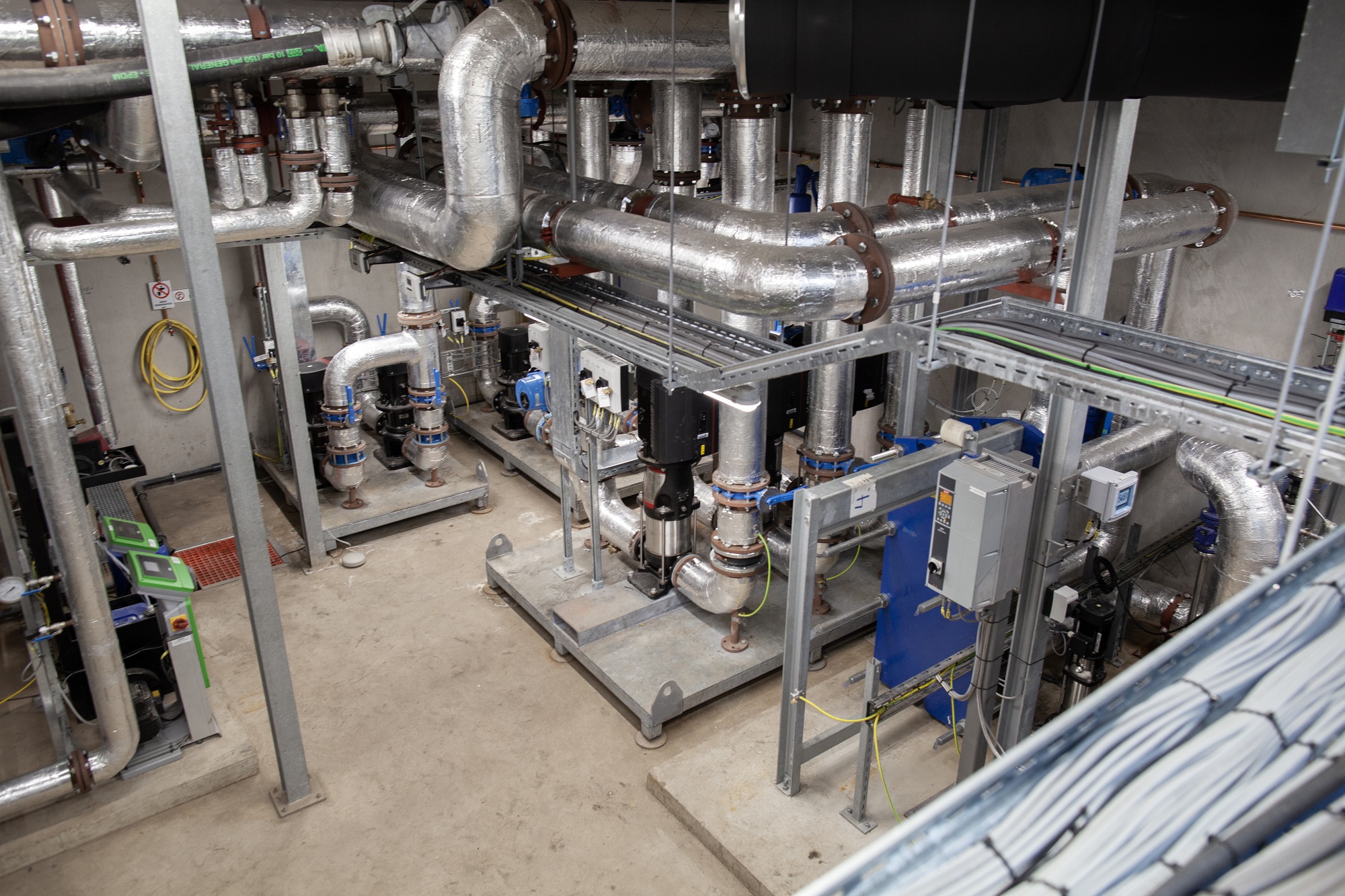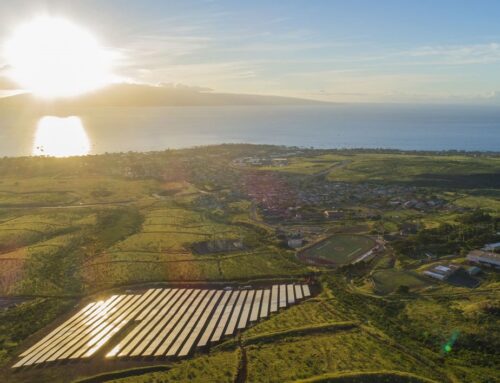Opinion: Why we must unlock the potential of community-led energy
November 17, 2024
The current energy system is not only an environmental concern but a societal one too. With huge amounts of power sitting with multinational energy giants, there is inequity in both how profits are distributed and decisions are made. Community energy presents a compelling alternative for governments, bringing benefits through enhanced energy independence, local economic development and hopefully greater grid resilience.
Community energy encompasses a whole range of renewable energy projects that are owned and managed by local groups or cooperatives. Projects can span local heating systems, energy efficiency, energy storage or – the most well-known – electricity generation. The latter can include solar, wind and hydro generation, with the electricity either sold back to the grid or retained via a direct line to a community asset.
In many models, the surplus – those funds remaining once overheads and financing costs have been met – are then distributed with the local community, supporting local schools, community centres, subsidised transport or foodbanks. This creates a ripple effect of benefits that extend well beyond energy generation.
Despite their promise, community energy projects face significant hurdles. In a number of European countries, logistical challenges such as grid connectivity and bureaucratic red tape hinder progress. Financial obstacles vary widely, influenced by local grants and government subsidies.
Despite their promise, community energy projects face significant hurdles… logistical challenges such as grid connectivity and bureaucratic red tape hinder progress
In the UK, the landscape is particularly challenging. The effective ban on new onshore wind projects in England for the last several years has hindered new developments. Community groups also often struggle to secure initial capital from financial providers and, since the removal of the feed-in tariff in 2019, the absence of subsidy schemes adds to the uncertainty of financial planning. Without a strong financial foundation, many community energy organisations operate on a shoestring budget, often relying on volunteers. This reliance affects their capacity to navigate complex project management and legal frameworks, undermining long-term stability in the sector.
Overcoming challenges
Yet there are many examples of what’s possible when communities receive the support they need. In the Netherlands, Traais Energies Collectief (pictured below) is leading an initiative to make the village of Terheijden fossil fuel-free. Backed by a subsidy from a €435m national pot aimed at facilitating the transition from natural gas, this community has successfully combined bank loans and innovative funding models to create a pioneering heat grid, featuring both a wind turbine and a solar park.



The Trais Energies Collectief installation in the Netherlands
In Spain, although there are policies to promote the move to renewable energy, it currently lacks the specialist support seen in some other continental European countries. However, several innovative organisations have been able to benefit from the European Union’s research and development funds, Horizon and Next Generation.
Vergy has been set up to promote collective self-consumption, which allows locally produced electricity to be shared between producers and consumers within the same geographical area. An example of these projects is the Fermasa Community near Granada, a 577 kWp installation that serves more than 60 homes and businesses. Thanks to solar panels on the roof of the town’s exhibition centre, members of the community will benefit with a reduction on their electricity bills.
Scotland also offers a more supportive environment than the rest of the UK (England, Wales and Northern Ireland), thanks to initiatives like the Community and Renewable Energy Scheme (CARES), which provides crucial funding and advice for local energy projects. The absence of such recent support in much of the UK, coupled with rising borrowing costs from traditional loans, poses serious challenges for community energy groups. Many have looked to crowdfunding as a viable alternative, to overcome the difficulties of receiving initial development funding.
The absence of such recent support in much of the UK, coupled with rising borrowing costs from traditional loans, poses serious challenges for community energy groups
Take Bristol Energy Cooperative (BEC), for example. Established in 2011, it has grown to over 1,600 investor members, successfully launching 20 solar and battery projects that now power the equivalent of 3,500 homes. Through a withdrawable share model, BEC has continually raised capital, demonstrating the viability of community-led funding initiatives.
While BEC’s directors have spoken out about the significant barriers to growth in the sector, they remain optimistic that a forthcoming Local Power Plan from the new Labour government may introduce a £400m annual fund for community energy projects – a potential game-changer. The new government has also lifted the de facto ban on onshore wind projects in England, removing unique planning restrictions and indicating a positive outlook for community groups looking at onshore wind.
A call to action
All of these case studies demonstrate the different challenges that community energy organisations face across the continent, but also the ways that grant funding or innovative financial solutions can support them.
As we work towards a net-zero future, not only can we tackle climate change, we also have an opportunity to shake up and democratise our energy system. We shouldn’t be judging community energy purely on gigawatts generated or the equivalent number of homes powered. Community energy goes beyond this, it empowers people to feel part of the solution to issues like climate changes and social inequality. And when it comes to renewable energy projects being planned and built in people’s local areas, there is likely to be less objection when communities feel ownership and autonomy, rather than having new projects imposed in their neighbourhood.
When it comes to renewable energy projects being planned and built in people’s local areas, there is likely to be less objection when communities feel ownership and autonomy
We also know that a flourishing community energy sector brings a range of wider benefits including creating high-quality jobs, alleviating fuel poverty and revitalising local economies. Its overall contribution to wider society and addressing the climate crisis makes it essential that we support the growth of community energy and the communities it serves.
While communities are powerful, they cannot shoulder this responsibility alone. To unlock the full potential of community-led energy initiatives, we must advocate for the removal of existing barriers. Governments and financial institutions need to step up, facilitating a supportive environment that empowers communities to thrive.
Photos: (Main photo) Bristol Energy Cooperative (BEC) staff with solar rooftop array (copyright BEC); the Trais Energies Collectief installation in the Netherlands (series of photos above).
|
|
Search
RECENT PRESS RELEASES
Related Post




